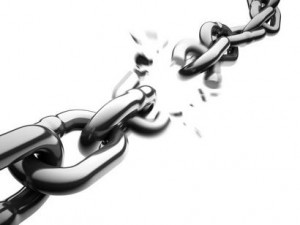Creating close relationships are vital to any company whether it is big or small. The article “5 Ways to Build Better IT Outsourcing Relationships” explain to us the importance creating a bond with whomever we decide to choose as a business partner. The 5 ways that create value are to scope and scale, service levels, the value of a healthy relationship, global delivery models, and process improvement. It is important to know before hand what the company is going to need IT service providers to do for their company because it will make it easier for both sides to figure out costs, amount of work that will be put into the services, time, and labor. If the company is able to create a healthy and balanced outsourcing relationship then the company and the IT service provider will be able to communicate and to be on the same page.
I believe that the third way is the most important, the value of a healthy relationship, because not only in business you must have a healthy relationship with those who you work with, but in everyday situations. By creating healthy relationships, one opens an endless amount of doors with who ever you meet. People will be more understanding of what one has to offer and will go out of their way to help with any issue or problem that may arise. In the business aspect, “historically, clients have had a myopic focus on cost reductions and securing the ‘best deal’ without fully appreciating the consequences on service delivery and business user satisfaction,” says Daly. In this sense it makes creating a relationship with the IT more valuable since the company will be saving money and working with someone that already knows the company’s identity very well.
Nowadays it is very crucial for companies to create a partnership with an IT company or to hire a person for your company that specializes in IT. Businesses have to use technology to survive in today’s economy. The majority of people now own smartphones that can access the internet at any time and place. It would work against the company if they did not use take the time market themselves to their customers on the internet or through apps. I personally use my phone everyday to make decisions on where to eat, how to get from one location to another, and whether to purchase an item in the store or through Amazon. We all use our phone to help us make these little decisions.
There are endless opportunities for a company to outsource for an IT specialist. The company just has to make the right decision on whom to hire, they need to find the perfect match that will fit in their current and future plans. What are other benefits and reasons to outsource for an IT specialist and why might this help your current job or for the plans in your future?
http://www.cio.com/article/720000/5_Ways_to_Build_Better_IT_Outsourcing_Relationships?page=1&taxonomyId=3195
http://www.cio.com/article/720000/5_Ways_to_Build_Better_IT_Outsourcing_Relationships?page=2&taxonomyId=3195






